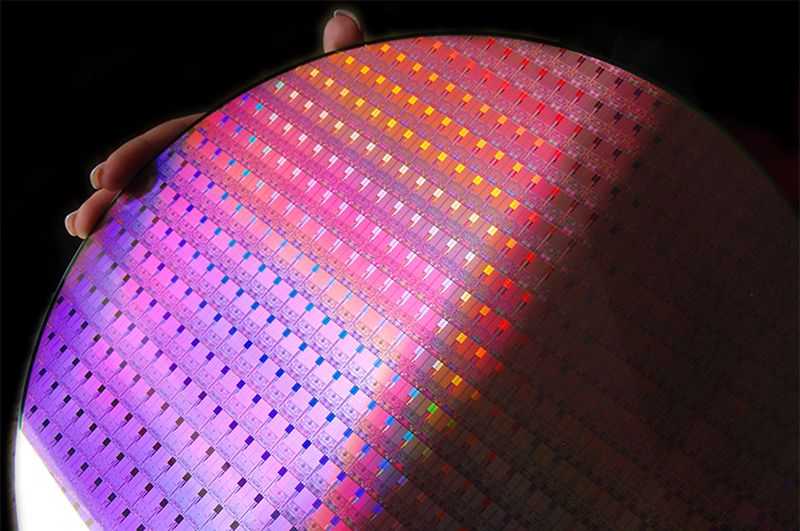According to Bob Swan, the current CEO of Intel, the company had identified a defect within the 7nm process that was causing degradation issues. To remedy the situation, Swan says that his company will be depending on third-party foundries from this point onwards, which essentially his contingency fan. Due to the defect and subsequent setback with its internal targets, Intel is now projecting that a viable 7nm-based CPU will only be arriving sometime between the year 2022 and 2023, the former year being when Swan expects the consumer market to receive the new processor. Until then, consumers will have to make do with the brand’s 10nm Alder Lake CPU that are expected to arrive next year.
At this stage, the delay of 7nm chips clearly isn’t doing Intel any favours; innovation for the chipmaker’s consumers segment, specifically, has been stuck in 14nm limbo for the last several years – Intel first introduced the 14nm die lithography back in 2015 with the launch of Skylake – while its direct competitor, AMD, has both rapidly and aggressively taken a big chunk of the consumer CPU market segment. With its current 7nm die lithography, which has been widely applied in both consumer and big data market segments. (Source: Tom’s Hardware)
